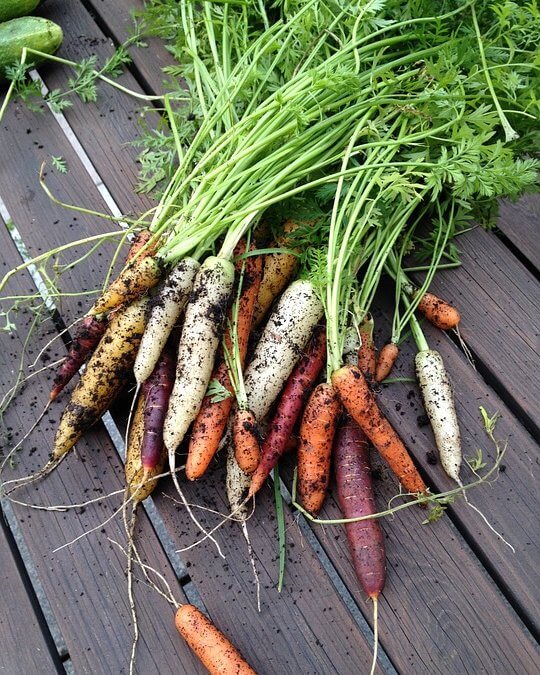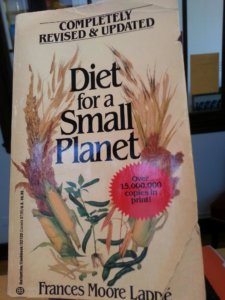How one could possibly get enough protein when eating nothing but plants?
That question has been the subject of debate, the butt of jokes, and a myth that refuses to die FOR YEARS, largely due to a lack of understanding about how the body uses protein from non-animal-based sources.
And who could expect the average person to understand? In our western culture and dietary practices, meat still reigns supreme – irrespective of the fact that plant-based eating is becoming more mainstream, and the strong research in support of a plant-based diet for the breast cancer community.
Given that plant-based diets are becoming more common (you may even live with a plants-only-eater), and having migrated to a vegan diet myself a number of years ago, I’m writing this post in support of putting more plants on your plate, and putting your mind at ease.
Here’s vegan/vegetarian protein guidance distilled down to two main points. Even if you know nothing about skipping the meat, but feel like you want to give it a try – this will help clear things up.
What’s the difference between VEGAN and VEGETARIAN?
Vegetarian – Diet may include dairy and/or eggs. Vegetarian diets that include these animal-based choices provide adequate protein and all essential amino acids.
- Lacto-vegetarians exclude meat, fish, poultry and eggs, and include dairy (milk, cheese, yogurt, butter).
- Ovo-vegetarians exclude meat, fish, poultry and dairy, and include eggs.
- Lacto-ovo vegetarians exclude meat, fish and poultry, and include dairy and eggs.
Vegan – Diet contains no animal products (i.e. dairy, meat, fish, pork, poultry, or eggs). Vegan diets require attention to balance, variety and portions (to insure adequate protein intake).
How do I get adequate protein intake?
Proteins in food and the human body are composed of 20 amino acids. Humans can “build” 11 of these as long as we get sufficient nitrogen from our diets (nitrogen is a component of every amino acid).
The other nine (the “essential” amino acids – EAA) must come from our food – we don’t have the ability to make them. Our need for protein is actually a need for these nine essential amino acids, PLUS enough nitrogen to build the other 11.
All plant proteins contain all nine of the essential amino acids – they aren’t missing any – yet they are always a little low in one or two. This results in a less precise match to human protein needs, which is how the practice of “protein combining” or the recommendation to eat “complementary proteins” at the same meal came about, ala Frances Moore Lappe’s 1971 vegetarian classic, “Diet for a Small Planet”. (FYI, the photo is my own copy of “Diet for a Small Planet” purchased for $5.72 in 1995 at Crown Books – remember that bookstore?!)
For example, grains and beans have complementary strengths and weaknesses in their EAA patterns; eating them together produces a complete amino acid pattern that mimics patterns found in human body proteins. I’m pretty sure you’ve eaten beans and rice, hummus and pita, or bean soup and bread; common, delicious dishes that all happen to be vegan, as well as exceptional examples of effortless protein combining.
Even without eating these foods at the same meal, your body does its own “complementing”, thanks to the fact that it maintains a reserve pool of amino acids to draw from when necessary. It’s this ability to use proteins consumed at different meals and snacks throughout the day that renders protein combining an outdated idea.
The best way to get ENOUGH plant-based protein? Eat a varied and balanced diet, adequate in volume for your specific needs, while avoiding the vegan/vegetarian “junk food diet” of veggie pizza, vegan cookies, and French fries!
And one final point.
“Plant-based” does not mean VEGAN only. “Plant-based” means meals and snacks that put plants first, front and center as the HEADLINERS of the show. Meat and other animal products take the supporting role, serving more as understudies.




Trackbacks/Pingbacks